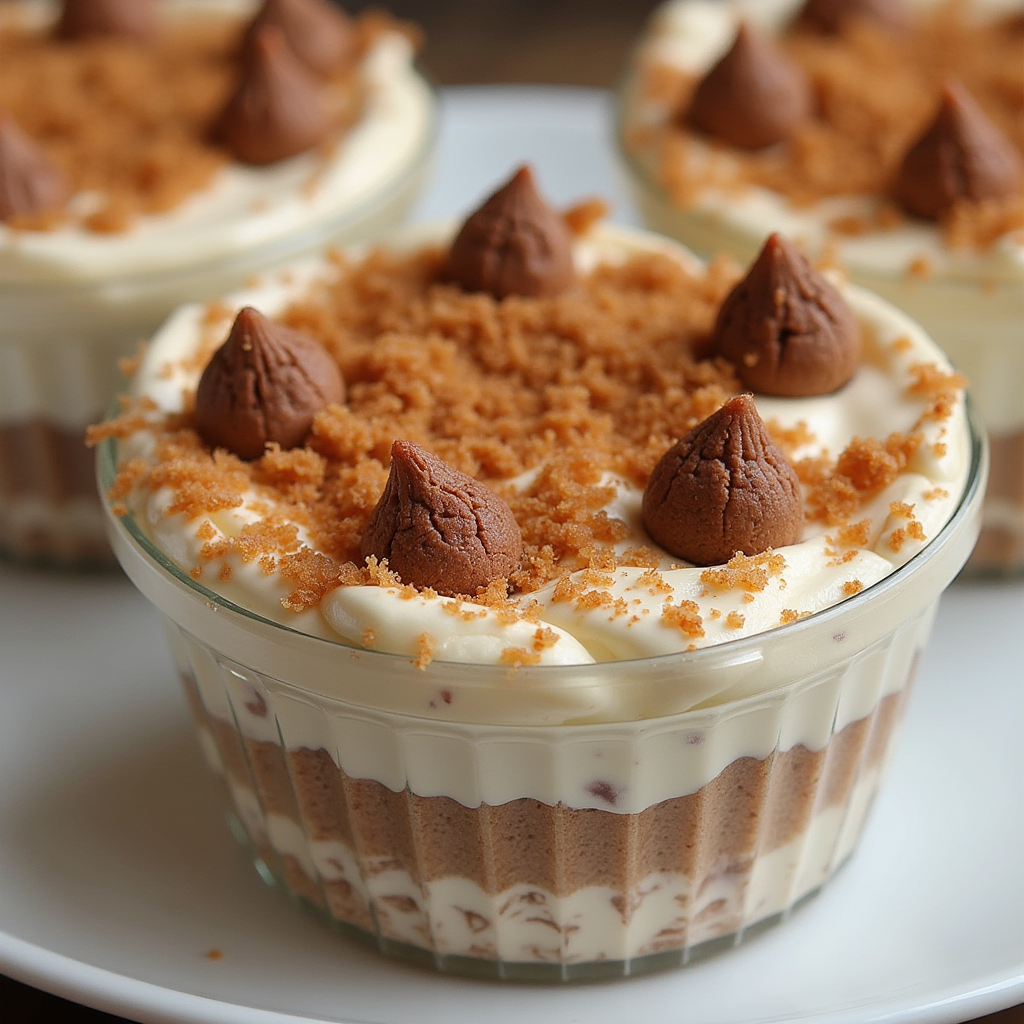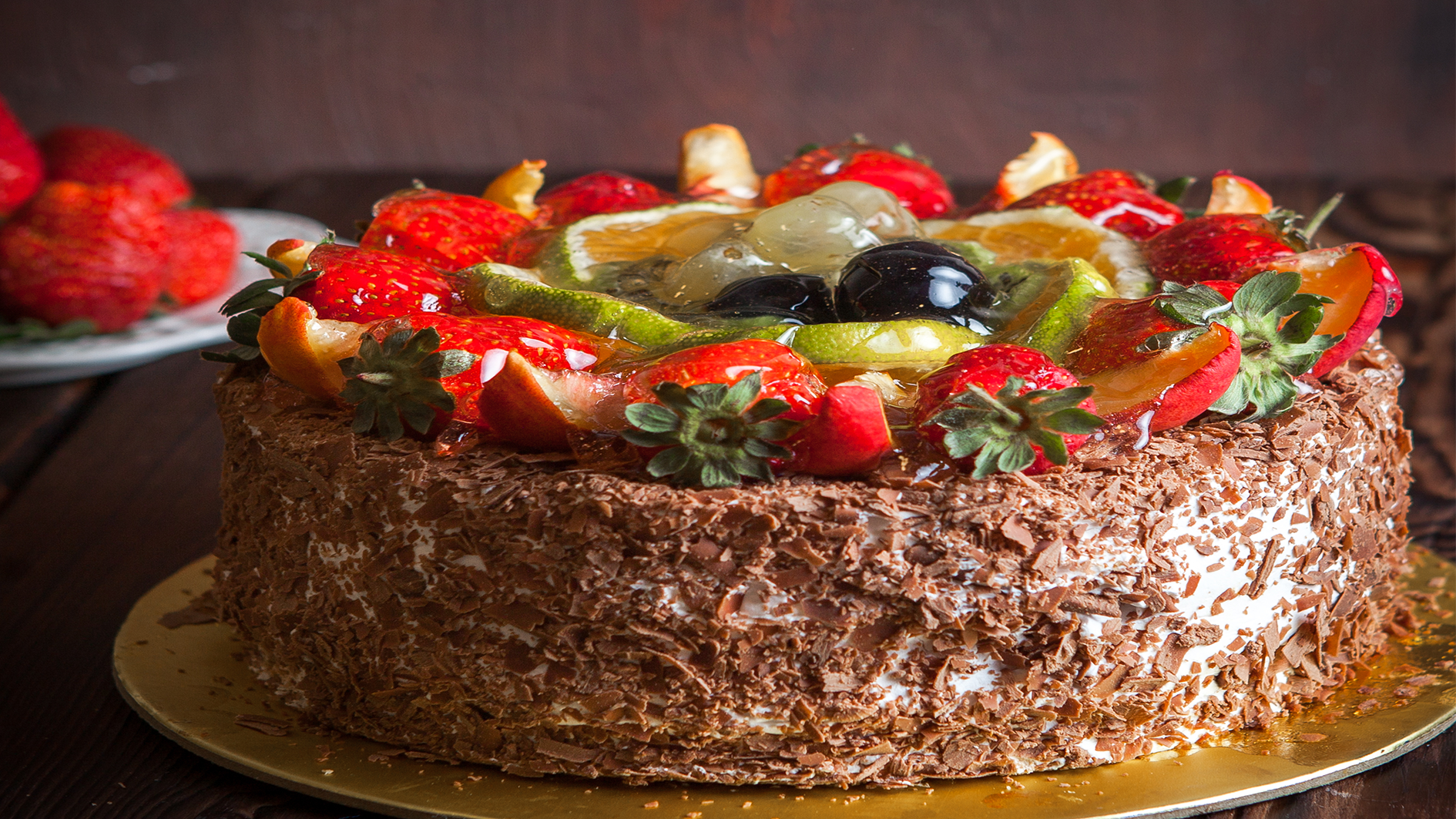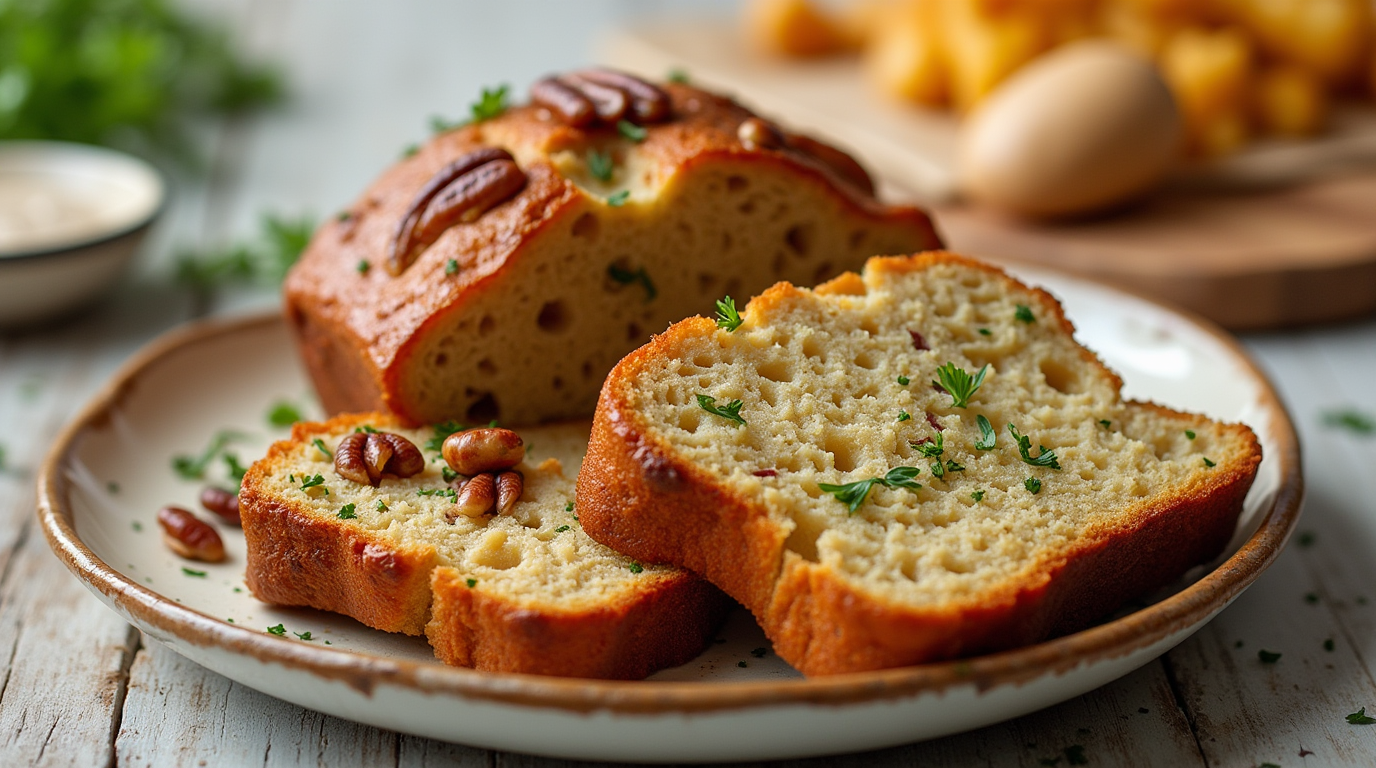Vietnamese desserts are a delightful blend of textures and flavors, combining tropical fruits, creamy coconut milk, and aromatic ingredients to create an unforgettable experience. Whether you’re indulging in the silky smoothness of Chè Chuối (banana tapioca pudding) or the chewy sweetness of Bánh Da Lợn (layered steamed cake), Vietnamese sweets offer a unique taste of tradition and comfort. Let’s explore the rich history, key ingredients, and step-by-step recipes of some iconic Vietnamese desserts!
Table of Contents
Key Takeaways
- Vietnamese desserts often feature coconut milk, tapioca pearls, mung beans, and tropical fruits.
- Many recipes have origins rooted in Vietnamese traditions and celebrations.
- Texture is key—desserts range from chewy and glutinous to silky and creamy.
- Many desserts are served warm or chilled, making them adaptable to any season.
- Common sweeteners include palm sugar, honey, and condensed milk.
- Street vendors and home kitchens alike craft these sweets with generations-old techniques.
- Many Vietnamese desserts are naturally gluten-free and dairy-free, making them accessible to various diets.
Cultural Heritage of Vietnamese Desserts
Vietnamese desserts, known as “món ngọt,” have deep historical and cultural significance. Many of these treats were once reserved for royalty or special occasions, evolving over time into beloved street foods and home-cooked delights. Desserts like Chè (a category of sweet soups) are often served at family gatherings, temple offerings, and Tet (Lunar New Year) celebrations. The emphasis on fresh, natural ingredients reflects Vietnam’s agricultural abundance, with rice, coconut, and beans playing essential roles in dessert-making.
Essential Ingredients
Vietnamese sweets stand out for their use of simple, yet aromatic ingredients:
- Coconut Milk – The rich, creamy base for many desserts.
- Tapioca Pearls & Starch – Adds chewiness and thickens soups.
- Pandan Leaves – Infuses desserts with a fragrant, vanilla-like aroma.
- Mung Beans & Red Beans – Commonly used in pastes or whole form for texture and flavor.
- Glutinous Rice & Rice Flour – Provides the signature chewiness in many cakes.
- Palm Sugar & Condensed Milk – The preferred sweeteners for balanced sweetness.
- Sesame Seeds & Peanuts – Adds crunch and nutty flavor to final dishes.
Preparation & Marination Techniques
For the best flavors and textures:
- Soak beans and glutinous rice for at least 4 hours to soften them before cooking.
- Extract pandan essence by blending fresh pandan leaves with water and straining.
- Toast sesame seeds and peanuts to enhance their nutty aroma before using as a topping.
- Slow-cook coconut milk to develop its natural sweetness and enhance the dish’s depth.
- Use fresh tropical fruits like jackfruit, lychee, and longan for natural sweetness.
Secret to Authentic Seasoning
Vietnamese desserts achieve their signature taste through careful balancing of sweetness, fragrance, and creaminess.
- Salt is essential – A small pinch in sweet dishes enhances natural flavors.
- Palm sugar over white sugar – It provides a deep caramelized sweetness.
- Fresh pandan leaves – Never skip them; they create a uniquely Southeast Asian aroma.
- Coconut milk consistency – If too thick, dilute with a bit of water to avoid overpowering flavors.
Step-by-Step Cooking Method: Chè Chuối (Banana Tapioca Pudding)
Ingredients:
- 2 ripe bananas (sliced)
- 1/2 cup tapioca pearls
- 1 can coconut milk
- 1/4 cup palm sugar (or brown sugar)
- 1/2 teaspoon salt
- 1 cup water
- 1 teaspoon vanilla extract
- Toasted sesame seeds & crushed peanuts (for garnish)
Instructions:
- Cook the Tapioca Pearls – Boil water and add tapioca pearls. Stir until translucent, then drain and rinse.
- Prepare the Coconut Base – In a pot, heat coconut milk, water, palm sugar, and salt. Stir until sugar dissolves.
- Add Bananas – Gently place banana slices into the coconut mixture, cooking for 5 minutes until soft.
- Combine with Tapioca – Add cooked tapioca pearls and simmer for another 5 minutes.
- Finish with Vanilla – Stir in vanilla extract and remove from heat.
- Serve Warm or Chilled – Top with sesame seeds and crushed peanuts before serving.
Common Mistakes to Avoid
- Overcooking tapioca pearls – They become too gummy; remove once translucent.
- Skipping salt – It balances sweetness and enhances flavor.
- Using unripe bananas – Ripe bananas bring the best natural sweetness.
- Not stirring coconut milk properly – It can separate if left unattended.
Traditional Side Dishes & Accompaniments
- Hot Tea – Cuts through sweetness and enhances flavors.
- Sesame Crackers – Crispy, slightly sweet crackers complement creamy desserts.
- Fresh Tropical Fruits – Mango, lychee, and jackfruit add refreshing contrast.
Storage & Reheating Guidelines
- Store in an airtight container in the fridge for up to 3 days.
- Reheat gently on the stovetop with a splash of water to loosen the consistency.
- Avoid freezing, as tapioca pearls lose their texture when thawed.
Conclusion
Vietnamese desserts are more than just sweet treats—they tell stories of tradition, family, and cultural pride. Whether you’re making a warm bowl of Chè Chuối or exploring other delicacies like Bánh Flan (Vietnamese caramel flan), each dessert offers a unique experience worth savoring. Try out these recipes, share them with loved ones, and let us know your favorite Vietnamese sweets in the comments below!
FAQ
Q: Are Vietnamese desserts overly sweet?
A: No, they often have a delicate balance of sweetness, richness, and natural flavors.
Q: Can I make these desserts dairy-free?
A: Most Vietnamese sweets already use coconut milk instead of dairy.
Q: Where can I find pandan leaves and tapioca pearls?
A: Asian grocery stores or online specialty food retailers carry them.
Q: Can I substitute palm sugar?
A: Yes, brown sugar or coconut sugar works as a replacement.
Q: What’s the best dessert for beginners?
A: Chè Chuối is a great start—it’s simple, delicious, and requires minimal ingredients.
Let’s get cooking and explore the world of Vietnamese sweets together!


